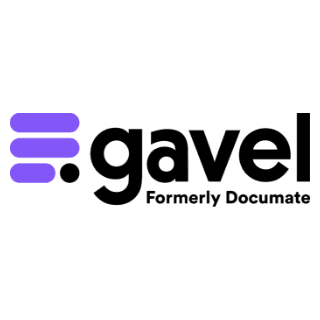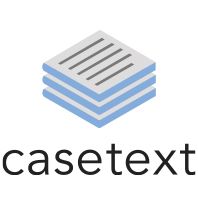Human + Machine: Forging the Future of Legal Practice

ChatGPT has captivated global attention given its human-like responsiveness and ability to rapidly generate coherent text. But ChatGPT is just one example of the breakthroughs in generative artificial intelligence (AI). Generative AI refers to AI systems that can create new content like text, images, audio, video, and code.
The foundation for generative AI began many years ago, however. The rapid progress in generative AI over recent decades stems from key breakthroughs in neural networks, compute power, and data. Early research in the 1950s-1980s established the foundation of neural networks and machine learning. But it wasn't until the 2000s and 2010s that deep learning allowed models with multiple neural net layers to be trained efficiently, unlocking their full potential.
Generative adversarial networks (GANs), introduced by Ian Goodfellow in 2014, allowed models to generate strikingly realistic synthetic images and data. Recent years have seen an explosion in the capabilities of large language models like GPT-3 and image generators like Stable Diffusion, driven by increases in data and compute.
Unlike other AI models designed to complete narrow tasks, generative AI can produce diverse, original outputs based on its training data. This allows it to assist with creative pursuits like writing, design, and music composition. Legal services represent one industry primed for disruption by generative AI. From researching case law to reviewing contracts, generative AI can complete in hours what would take attorneys weeks.
Consider litigation. AI tools can rapidly analyze past briefs to identify winning arguments and case law supporting a position. This legal precedent synthesis would traditionally consume junior lawyers' time. AI can also predict which arguments opposing counsel may make.
In the world of legal research, AI can quickly extract key information from troves of documents. Casetext's CoCounsel uses large language models to answer common legal questions, much like a new associate would. Generative AI even shows promise for drafting briefs and predicting case outcomes. Companies like Clearbrief and UniCourt assist with these tasks and many more.
Outside litigation, contract review is another prime application. Al-powered software can identify key terms, risks, and trends across contracts. Kira Systems, for example, expedites contract analysis. Companies like LegalSifter and Malbek leverage AI to review business documents and contracts. Such tools can both increase productivity and efficiency while potentially lowering the costs of doing business.
Individuals and small firms can also take advantage of these technologies as well. For example, SixFifty and Gavel allow users to easily create legal documents without a lawyer. Disputes can be resolved online quickly and affordably using solutions like New Era ADR. Companies like Clio and Proxy allow for lawyers to better manage their matters and workflows, respectively.
Despite its promise, generative AI carries risks. Models reflect biases in training data. Limited or flawed data produces limited or flawed outputs. Outdated data causes outputs to become irrelevant. And as models are given more data, their responses can be unpredictable.
Effective use requires understanding limitations and asking the right questions. Clear ethical guidelines are also needed as capabilities advance. While AI can complete discrete legal tasks, it currently lacks human context, emotional intelligence, and judgment. The legal field must prepare for the AI revolution through education. Law schools should teach about AI applications, ethics, and sound usage. Law firms should train employees on emerging tools. And we should be reminded that, at least for now, AI will augment, not replace, lawyers. Human creativity, strategy, and empathy remain as vital as ever.
AI automation will expand legal access. As models like GPT-4 point to the future, AI is poised to forever change the practice and business of law. Lawyers who leverage AI will provide better service at lower cost. But all stakeholders must proactively develop frameworks guiding the ethical application of increasingly powerful technology.
Though transformational, AI represents a new set of tools, not a substitute for human lawyers. Its responsible use will increase productivity, affordability, and access to legal services — ultimately upholding justice. Yet ethical challenges remain as society navigates the ascent of artificial intelligence in law.
This article was adapted from the author's book, The Legal Tech Ecosystem: Innovation, Advancement & the Future of Law Practice.










